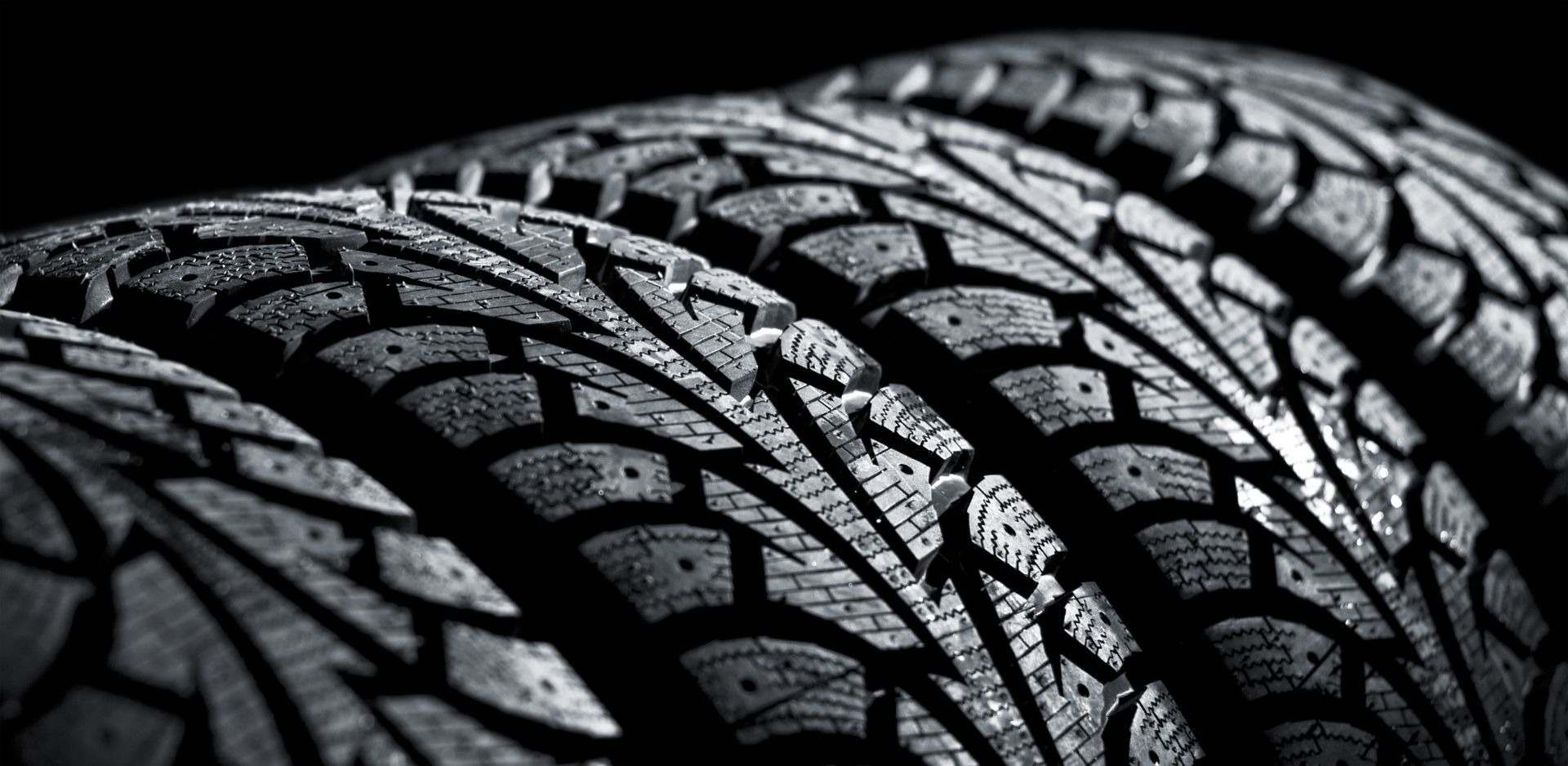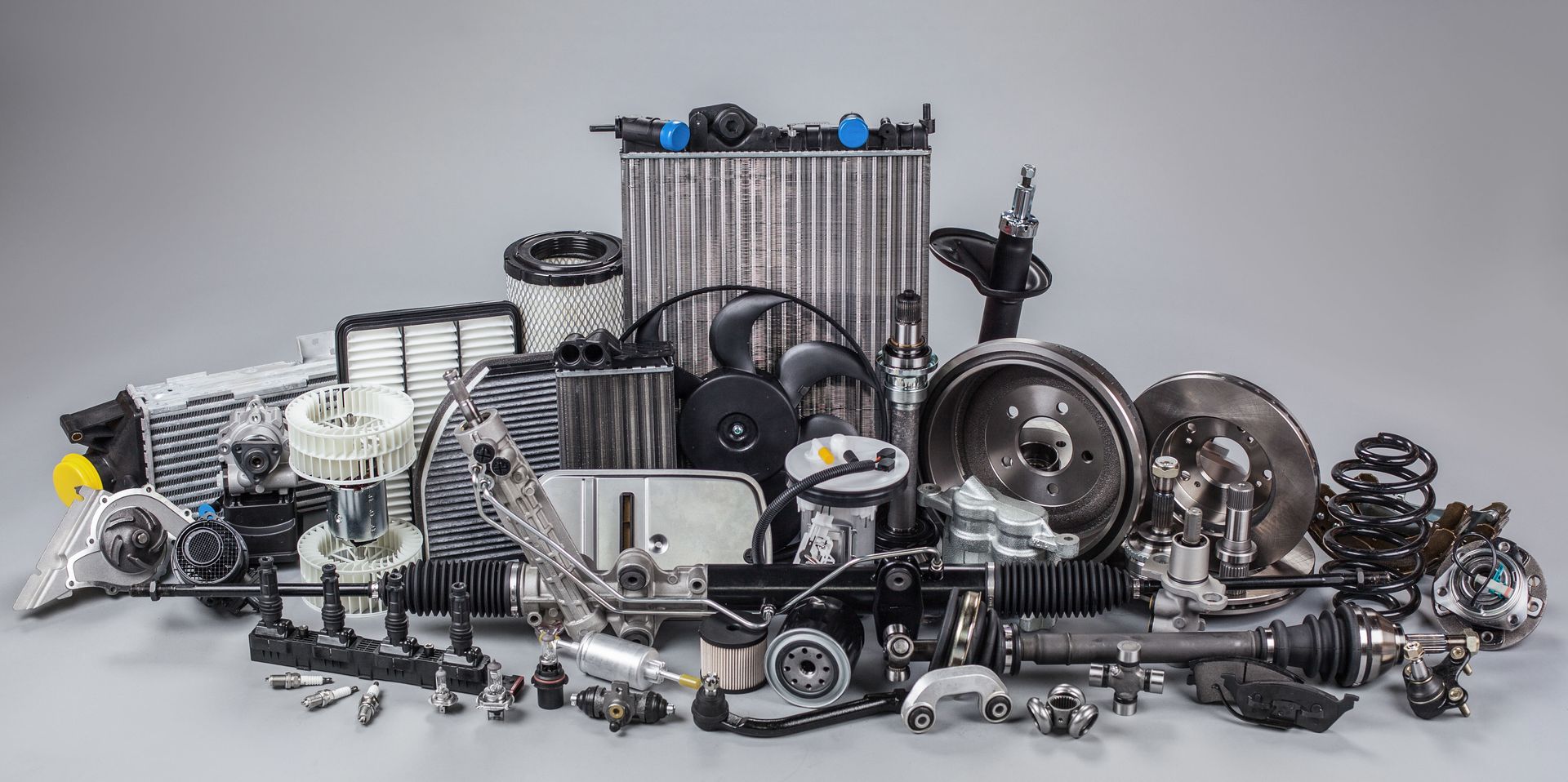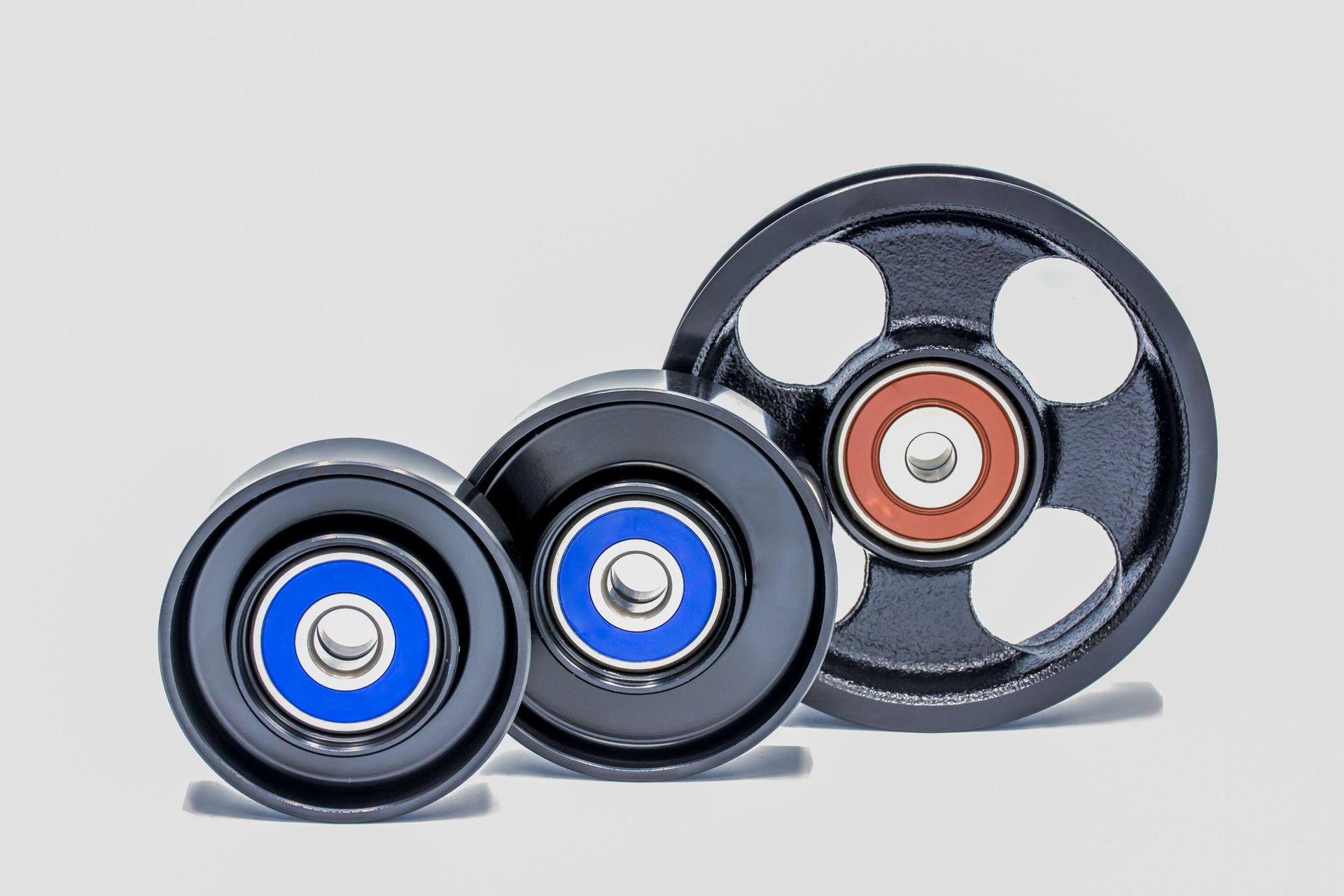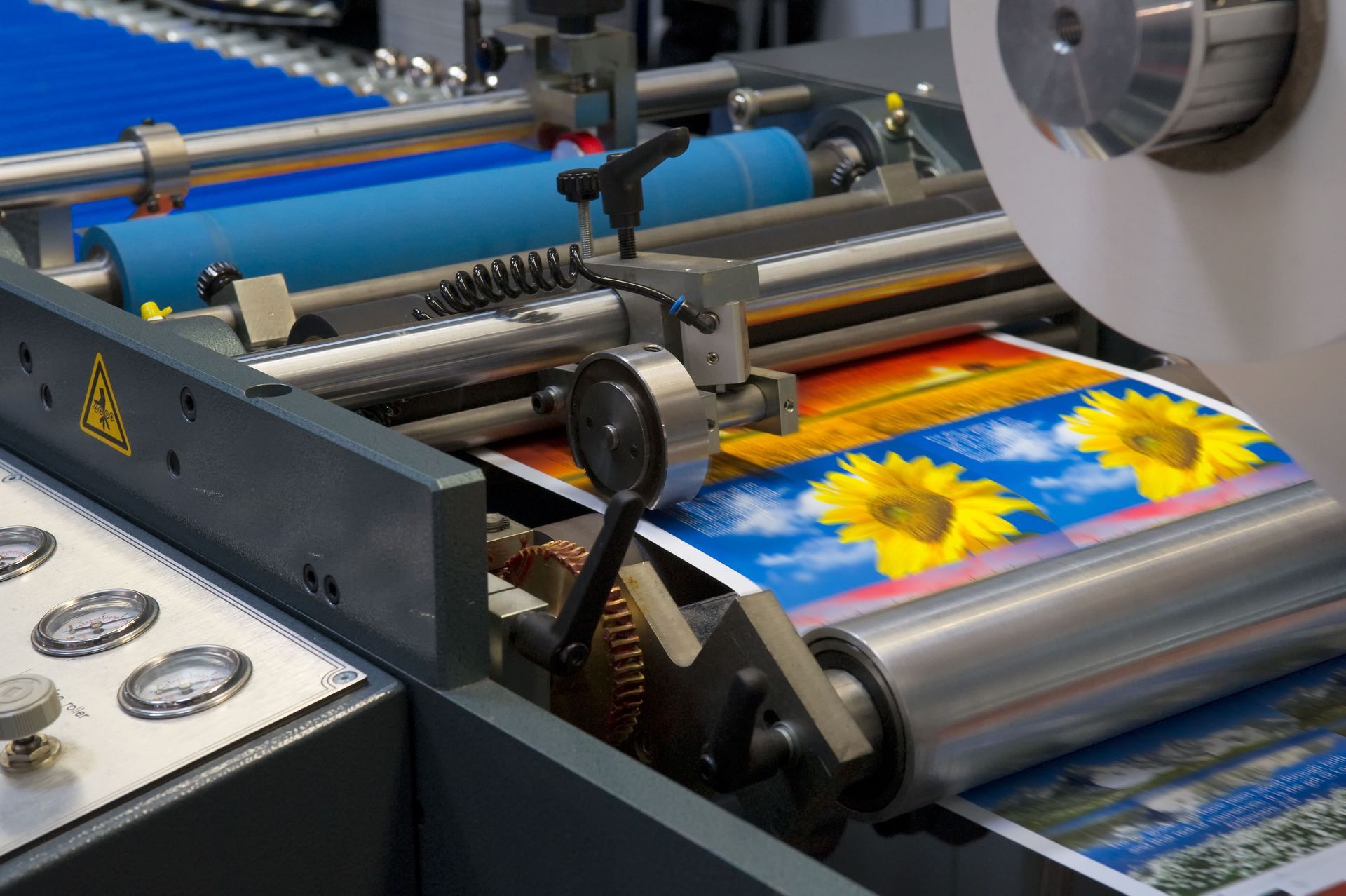July 24, 2025
In high-speed, high-demand industrial environments, every component of your operation needs to pull its weight. Whether your business is in printing, packaging, textiles, food processing, or plastics manufacturing, the reliability of your machinery determines how efficiently you meet production targets. Among the many components that affect machine performance, the rubber roller plays a particularly crucial role in facilitating consistent, high-quality output.
Used to apply pressure, convey materials, or transfer coatings, rubber rollers are found in nearly every industrial production line. Their effectiveness depends not only on how well they perform under stress but also on how consistently they function over time. Faulty rollers can cause downtime, inconsistent product quality, misalignment, or even damage to other machine parts—problems that result in lost time and revenue.
According to Transparency Market Research, the rubber roller industry is projected to grow at a compound annual growth rate (CAGR) of 4.0% through 2031, reflecting increased demand for high-performance components across industries. This growth underscores the need for dependable roller features that help businesses meet productivity goals without compromising safety or product quality.
If you're looking to improve your output, here are several reliable rubber roller features that make a measurable difference.
1. Built With Durable Core Materials
The durability of the roller starts at its core. While rubber or elastomer covers the outer surface, the internal core bears the structural load and provides rotational integrity. Common materials used for cores include steel, aluminum, and engineered plastics—each selected based on application requirements such as load-bearing capacity, corrosion resistance, and weight.
A durable core helps the roller maintain its shape during high-speed rotations and under significant pressure. This reduces vibration, prevents deflection, and maintains consistent line performance. The more stable the roller, the smoother the operation—and the higher your throughput without frequent breakdowns or replacements.
2. Coated With Application-Specific Elastomers
The choice of elastomer used in the roller's outer layer directly impacts its performance. Different industries have different requirements: food processing demands FDA-compliant materials; printing requires solvent-resistant compounds; and textile manufacturing needs rollers that won't leave residue or cause abrasion.
Common elastomers include:
- Nitrile – Resistant to oils, solvents, and abrasives
- EPDM – Ideal for high heat and chemical resistance
- Silicone – Great for high-temperature applications
- Polyurethane – Offers strong abrasion resistance and load-bearing properties
Selecting the correct elastomer ensures that the rubber roller performs consistently, resists degradation, and contributes to smooth, high-volume processing without contaminating products.
3. Precision-Balanced for Stable Rotation
When rollers spin at high speeds, even a small imbalance can lead to major inefficiencies. Vibration, noise, inconsistent contact with materials, and premature bearing wear can all result from an unbalanced roller.
Precision balancing during manufacturing minimizes these problems. It involves adjusting the distribution of mass in the roller to ensure smooth, stable rotation. A balanced roller supports uniform pressure, reduces stress on other components, and allows machines to run longer and faster without requiring operator intervention, boosting overall output.
4. Engineered With Tight Tolerances
In processes like laminating, embossing, and coating, precision matters. Tight dimensional tolerances ensure uniform thickness, accurate alignment, and even pressure distribution across the roller's surface. Tolerances often range within a few thousandths of an inch and are controlled during both machining and finishing stages.
Tightly controlled tolerances allow operators to reduce calibration time, minimize defects, and avoid unnecessary adjustments. The result is a more consistent product and a faster, more reliable production line.
5. Designed for Easy Maintenance and Replacement
Downtime is one of the most costly setbacks in any production facility. That's why modern rubber rollers are often designed with features that support quick maintenance and easy replacement. These include modular sleeves, quick-release end caps, and standardized shaft dimensions.
When rollers are easy to remove and reinstall, routine maintenance like cleaning, resurfacing, or recovering becomes far less disruptive. Shorter maintenance windows mean more uptime—and more consistent output.
6. Resistant to Abrasion and Compression Set
The most reliable rubber rollers are built to withstand physical stress. Abrasion resistance helps the roller maintain its surface finish when dealing with coarse or high-friction materials, while compression set resistance allows the roller to retain its shape after repeated loading and unloading.
A roller that loses its profile or becomes pitted will no longer deliver even pressure or smooth contact. By choosing rollers with materials that resist wear and deformation, you reduce the frequency of replacement and preserve optimal performance over longer periods.
7. Equipped With Nonstick or Low-Friction Surfaces
In many applications—especially those involving adhesives, inks, or wet materials—product buildup on the roller can slow down operations or degrade print quality. That's where low-friction or nonstick surface treatments come into play.
Coatings such as PTFE (Teflon®) or specialized silicones help reduce surface adhesion, prevent material carryover, and facilitate smoother contact. These coatings make cleaning easier, improve material feed rates, and reduce the risk of downtime due to contamination or drag.
8. Compatible With Automated and High-Speed Systems
Today's industrial processes are increasingly automated, and rubber rollers must keep pace. Reliable rollers must maintain performance in systems with automated tension control, robotic arms, or high-speed conveyors.
This means low runout, consistent diameter, and structural integrity even under continuous high-speed rotation. Rollers designed for automation reduce the likelihood of jams or product misalignment—issues that can cascade into costly production delays.
9. Thermally Stable for High-Temperature Environments
Heat resistance is another key feature in certain industries. Rollers exposed to elevated temperatures—like those used in plastic film production, metalworking, or thermal printing—must maintain elasticity, hardness, and dimensional stability under continuous heat exposure.
High-performance rubber compounds like silicone or fluorocarbon can withstand these environments without cracking, melting, or hardening. Thermally stable rollers allow production lines to operate at higher speeds and temperatures, reducing cycle times and increasing throughput.
10. Chemically Resistant for Harsh Industrial Conditions
In chemical manufacturing or solvent-heavy industries like flexographic printing, rollers must stand up to aggressive substances. Chemical-resistant elastomers prevent swelling, softening, or degradation of the roller's surface.
This ensures that rollers don't become brittle, distorted, or slick during use. Maintaining the roller's integrity in chemically aggressive environments reduces waste, improves safety, and ensures continuous, high-quality output.
11. Reinforced With Anti-Static or Conductive Materials
Some production environments—such as those handling paper, plastic film, or textiles—are prone to static buildup. This can attract dust, interfere with sensors, or even pose a fire risk. Anti-static or conductive rubber rollers help dissipate electrical charges safely.
These rollers often contain carbon-loaded compounds or embedded grounding systems, helping to maintain clean, static-free surfaces and safer operations at higher speeds. As output demands grow, managing electrostatic discharge becomes even more critical.
11. Manufactured Using Robust Quality Control Standards
No roller, no matter how advanced in design, can deliver consistent performance without quality assurance. Reputable manufacturers apply rigorous quality control standards to every stage of the roller production process.
This may include:
- Hardness testing (durometer)
- Runout verification (roundness and straightness)
- Bond strength testing (between elastomer and core)
- Surface roughness inspection
- Dynamic balance testing
When these standards are upheld, the resulting rubber roller is more likely to deliver repeatable performance, longer service life, and a measurable improvement in output efficiency.
If you're looking to upgrade your production line, now's the time to invest in rubber rollers built for performance and durability. Get in touch with Contact Rubber Corporation today to find the ideal roller solution for your operation. We'll be happy to answer any questions you may have!
